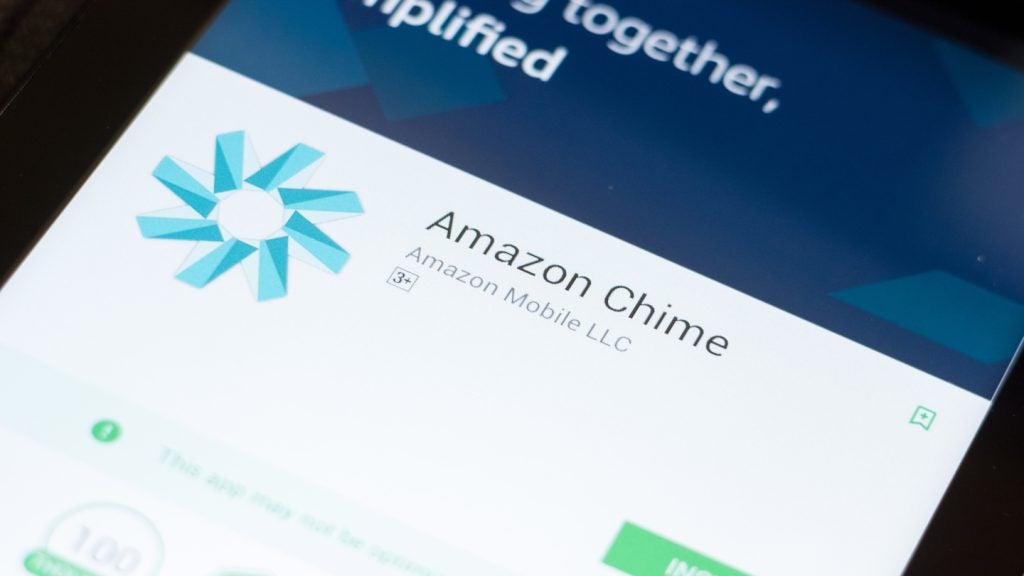The recent hype around 5G has clearly carried over from cellular networks into the world of WiFi. Like cellular, WiFi is poised for its own 5G-like upgrade, with the introduction of a new technology standard called 802.11ax.
Cellular carriers such as AT&T and Vodafone have had a long and complicated relationship with WiFi.
Originally, many carriers regarded WiFi as a competitive threat to their own mobile data networks. However, with the introduction of BlackBerry, and especially the iPhone, carriers quickly realised that ‘hotspot’ WiFi coverage was vital to ensure that download speeds could be maintained during times of heavy usage.
Since the first iPhone was introduced in 2007, ‘carrier WiFi’ – adoption of WiFi hotspots by cellular carriers – has taken off. However, WiFi has historically been unreliable, vulnerable from a security perspective, and difficult to integrate with cellular networks.
802.11ax: a new industry standard for WiFi
But now, WiFi proponents are close to finalising a new industry standard that they say will make WiFi more like 5G. The 802.11ax standard is poised to represent a significant boost in capacity, efficiency and flexibility that should make WiFi align closely with emerging 5G priorities.
The ability to support up to 12 simultaneous user streams from a single WiFi access point, 8×8 multi-user MIMO (essentially using 16 antennas to transmit and receive signals), and the use of much larger 80MHz channels of wireless spectrum represent dramatic upgrades from the current state-of-the-art standard, 802.11ac.
The IEEE, which is responsible for developing new WiFi standards, is expected to finalize 802.11ax by early 2019, paving the way for initial pre-standard devices next year, with 802.11ax devices broadly available in 2020.
WiFi proponents think they will still have a head start on 5G cellular devices. That may be true, but the purchasing cycles for WiFi access points are quite different than those for handsets; most cellular operators are unlikely to rip and replace 802.11ac devices, but will likely begin to shift spending on future devices to 802.11ax devices as the cost curve falls through 2022.
However, once the cost curve comes down, WiFi proponents believe the technology has the potential to deliver 5G-like user experiences at a fraction of the cost of similar cellular gear. Considering how important it is for end users to be close to the network in order to achieve promised 5G performance, the ability to deploy WiFi access points at significantly lower cost than 5G small cells, while offering similar performance characteristics, could represent a significant selling point for WiFi gear vendors.







